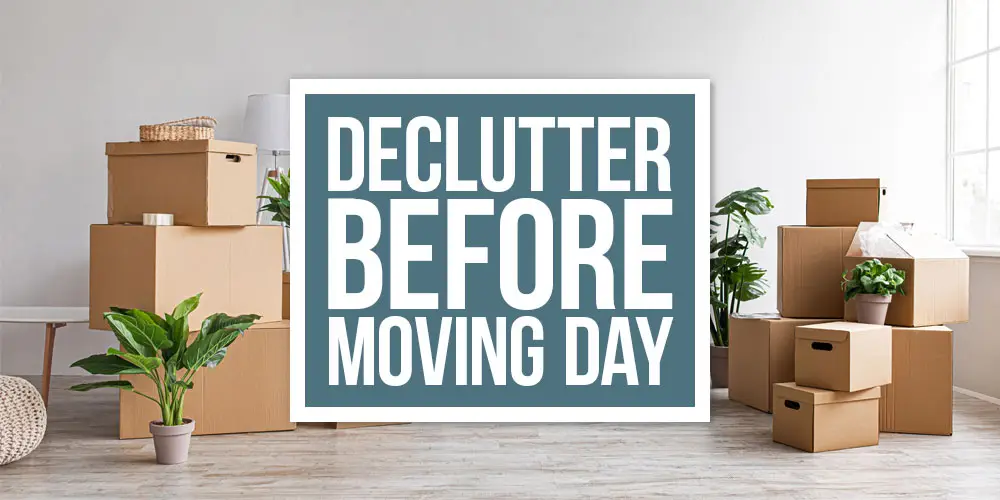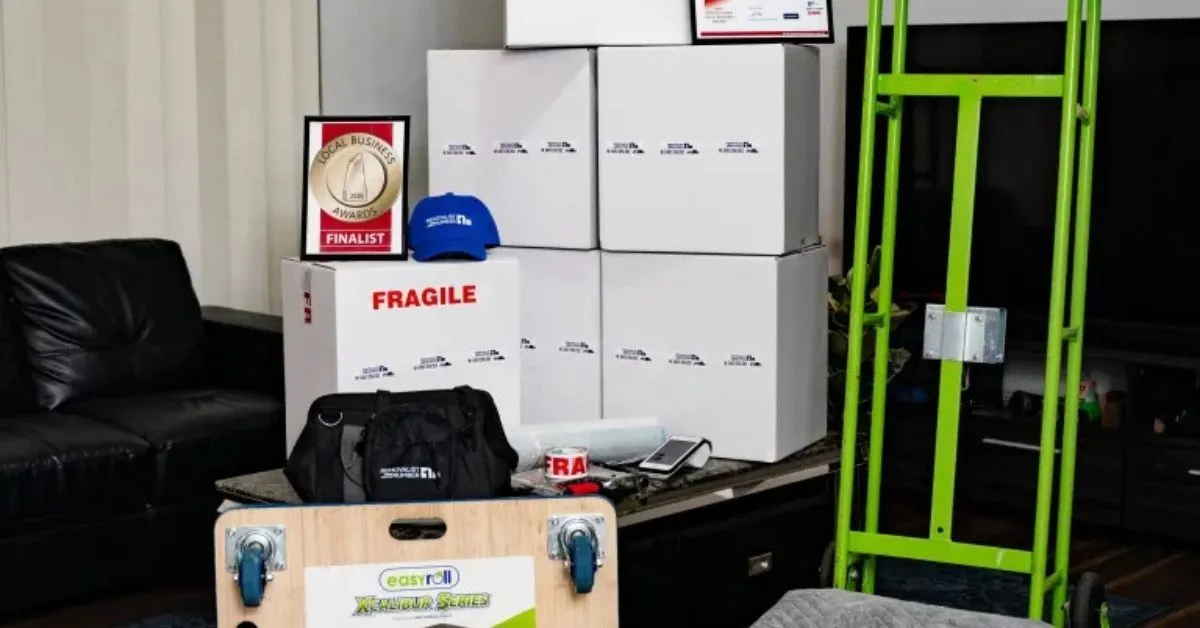Introducton
Moving may be a stressful endeavor, but decluttering before the move can help it go much more smoothly. By decreasing the quantity of goods you have to pack, travel, and unpack, you save time, energy, and money. Here’s a detailed guide on organising your stuff before a large move.
1. Start Early
It will take time to declutter, particularly if you have lived in your existing house for a lengthy period. Start the procedure no later than one month prior to your move. This gives you plenty of time to carefully go through your possessions without feeling hurried.
2. Create a Decluttering Plan
A structured plan can help you tackle decluttering systematically. Divide your home into sections or rooms and set a schedule for when you will address each area. For instance, dedicate one week to the kitchen, another to the bedrooms, and so on.
3. Use the Four-Box Method
As you go through your items, sort them into four categories: Keep, Donate, Sell, and Trash.
- Keep: Items you use regularly or have significant sentimental value.
- Donate: Items in good condition that you no longer need but could be useful to others.
- Sell: Valuable items that you don’t need and could fetch some money.
- Trash: Items that are broken, worn out, or no longer usable.
4. Ask Yourself Key Questions
When deciding whether to keep an item, ask yourself:
- Have I used this in the past year?
- Does it have sentimental value or is it just taking up space?
- Do I have a similar item that serves the same purpose?
- Will it fit in my new home?
If you answer “no” to these questions, it might be time to part with the item.
5. Digital Decluttering
Remember to tidy up your digital area. Make a backup of your most critical information and pictures, and discard any outdated devices or peripherals that you are no longer using. Make use of e-waste recycling programs to properly dispose of these products.
6. Declutter Sentimental Items Last
Sentimental items can be the hardest to part with, so tackle them after you’ve dealt with everything else. Consider keeping a few meaningful items and taking photos of others to preserve the memories without keeping the physical object.
7. Host a Garage Sale or Sell Online
Selling items you no longer need can help offset moving costs. Host a garage sale or list items on online marketplaces like eBay, Craigslist, or Facebook Marketplace. This can also give your items a second life with someone who needs them.
8. Dispose of Hazardous Materials Properly
Certain products have to be disposed of carefully, such as paint, batteries, and cleaning supplies. So, to find out how to dispose of hazardous goods responsibly, get in touch with your nearby waste management facility.
By following these strategies, you can significantly reduce the stress and workload associated with moving. A streamlined move not only saves time and money but also helps you start fresh in your new home, free of unnecessary clutter.



